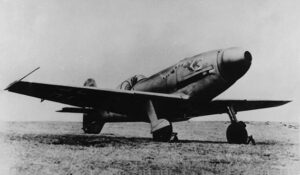
Messerschmitt Me 209
The Messerschmitt Me 209 was a German single-engine racing aircraft designed to break speed records and used as a propaganda tool in WW2.
There are various types of aircraft, including airplanes, helicopters, gliders, airships, and hot air balloons. This page will allow you to quickly visit each type section more easily. Jump to:
Airplanes – Airships – Gliders – Helicopters – Hot Air Balloons
Airplanes have significantly impacted global connectivity, commerce, and tourism, shrinking distances and facilitating global transportation networks. They have revolutionized travel, enabled rapid delivery of goods, facilitated emergency response and medical evacuations, and played a crucial role in military operations and surveillance. Here is the access to the complete database (divided by Type):
Airplanes, also known as aeroplanes or fixed-wing aircraft, are the most common and widely used type of aircraft. They have fixed wings that generate lift as they move through the air. Airplanes can range from small single-engine aircraft used for recreational purposes to large commercial airliners and cargo planes capable of carrying hundreds of passengers or significant amounts of freight.

The Messerschmitt Me 209 was a German single-engine racing aircraft designed to break speed records and used as a propaganda tool in WW2.
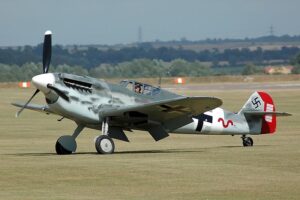
The Hispano Aviación HA-1112 is a license-built version of the Messerschmitt Bf 109G-2 developed in Spain during and after World War II.
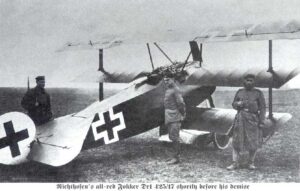
The Fokker E.I was the first fighter aircraft that entered service with the Fliegertruppe of the Deutsches Heer during the Great War WW1.
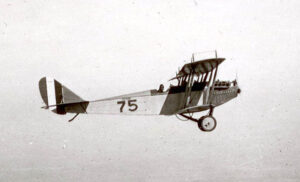
The Curtiss JN Jenny was an American biplane built by Curtiss Aeroplane Company and originally produced as a training aircraft.
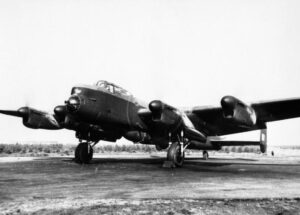
The Avro Lancaster is a WW2 heavy bomber aircraft manufactured in the United Kingdom and was used by the RAF during wartime.
Helicopters are rotary-wing aircraft that use rotating blades on top to generate lift and propulsion. They have the unique ability to take off and land vertically and hover in one place. Helicopters are widely used in various applications, including transportation, search and rescue, and military operations.
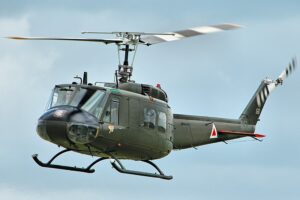
The Bell UH-1 Iroquois is a utility military helicopter and the first turbine-powered helicopter in service with the United States military.
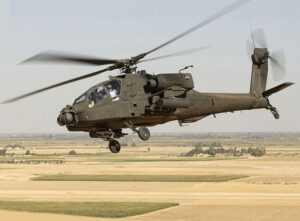
The Boeing AH-64 Apache is an American twin-turboshaft attack helicopter primarily operated by the U.S. Army but used by many nations.
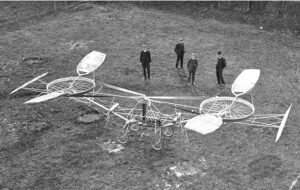
The Cornu Helicopter was a French experimental helicopter widely credited with the first free flight of a rotary-wing aircraft.
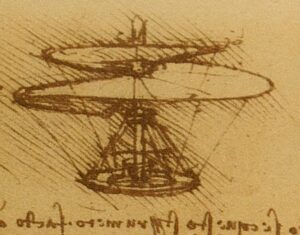
Leonardo’s Aerial Screw was envisioned as a device resembling a large screw or corkscrew-shaped structure that would enable vertical flight.
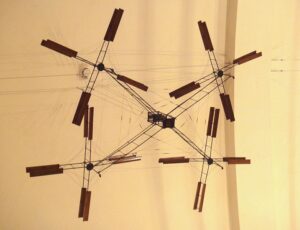
Leonardo’s Aerial Screw was envisioned as a device resembling a large screw or corkscrew-shaped structure that would enable vertical flight.
Gliders are unpowered aircraft that rely on the natural forces of wind and air currents to stay aloft. They have long wings and are designed to glide through the air for extended periods without an engine. Gliders are used for recreational flying, competitive soaring, and training purposes.
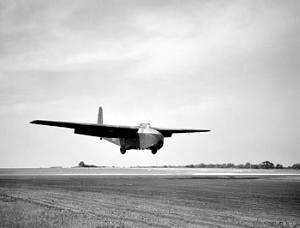
The General Aircraft Hamilcar (or Hamilcar Mark I) was a British military glider produced and used during the Second World War.
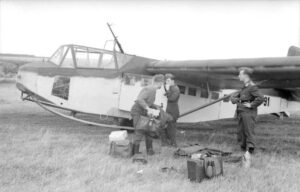
The DFS 230 was a German transport glider developed in 1933 and operated by the Luftwaffe during World War II.
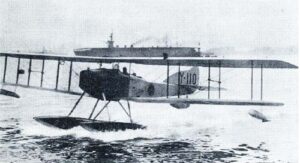
The Yokosuka Ro-go Ko-gata was a Japanese experimental glider used as a reconnaissance floatplane. It was developed during World War I.
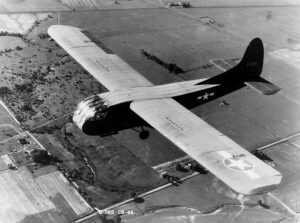
The Waco CG-4 (or Hadrian) was the most widely used American troop and cargo military glider of World War II.
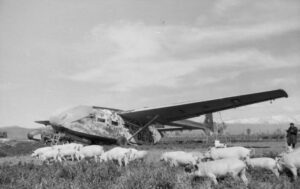
The Gotha Go 242 was a German transport glider used by the Luftwaffe during World War II. It saw limited combat action.
Airships, also known as dirigibles or blimps, are lighter-than-air aircraft that use large gas-filled envelopes for buoyancy. They have engines for propulsion and control surfaces for maneuverability. Airships are relatively slower than airplanes but offer unique capabilities for long-distance travel and aerial observation.
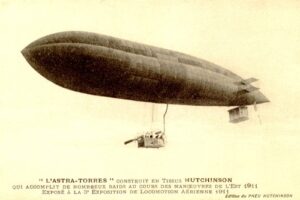
The Astra-Torres Airship was a French non-rigid airship built by Société Astra between 1908 and 1922 and designed by Leonardo Torres Quevedo.
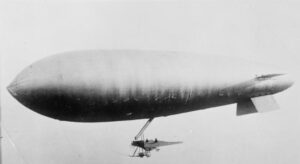
The SS Class Airship were cheap and simple small non-rigid airships or “blimps” designed to counter German U-boats.
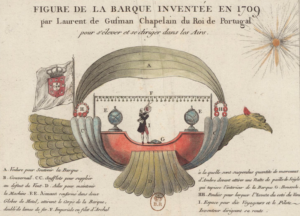
The De Gusmao Steam Airship was a picture and description of an airship made by Bartolomeu Lourenço de Gusmão to King João V in 1709.
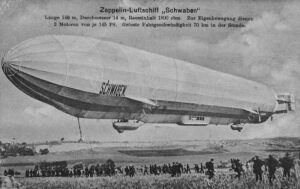
The Zeppelin LZ 10 Schwaben was a German rigid passenger airship built in 1911 by Luftschiffbau Zeppelin and operated by DELAG.
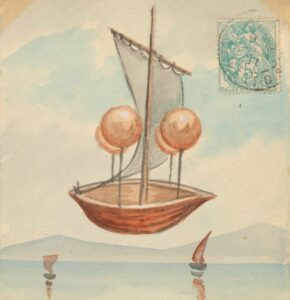
Lana de Terzi’s Flying Boat was an early experimental aircraft built by Enrico Forlanini and Giovanni Battista “Lana” de Terzi in 1905.
Hot air balloons are aircraft that use hot air to generate lift. They consist of a large envelope filled with heated air and are propelled by wind currents. Hot air balloons are primarily used for recreational purposes and provide a serene and scenic flying experience.
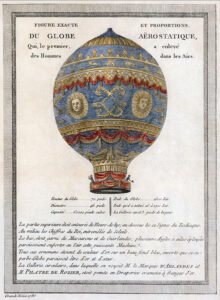
The Montgolfier Brothers’ Balloon was the first manned hot air balloon. It was created in 1783 by Joseph-Michel and Jacques-Étienne Montgolfier.
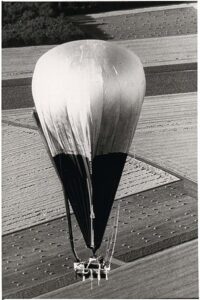
The Double Eagle II was the first balloon to cross the Atlantic Ocean. It left Maine and landed on 17 August 1978 near Paris.